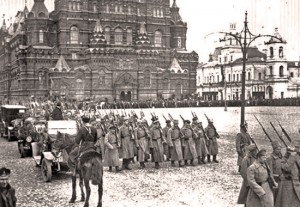Peter Gatrell is a professor of economic history at the University of Manchester. In his work Introduction: World Wars and Population Displacement In Europe in the Twentieth Century, he speaks about the World Wars as well as the Russian Revolution. He spends much of the work talking about how there millions of refugees after the Russian Revolution, World War I, and World War II. While the number of people who were displaced after the wars is not agreed upon, all of the potential numbers were in the millions. [1] Gatrell mentions that after some time, sociologist Edward Shils wrote about “a widespread psychological regression, i.e. a collapse of adult norms and standards in speech, behavior and attitude, and a reversion to less mature patterns.”[2] He says that this was due to a loss of “original community and family connections.”[3] Gatrell talks about how in postwar Europe, relief workers thought that showing compassion towards the refugees was critical in restoring “moral order” for the displaced people.
We see a large number of refugees today due to events like the war in Syria, as well as the wars in Iraq and Afghanistan. There are still millions of refugees and displaced people all over the world. While the problem was more obvious after the World Wars and the Russian Revolution, it is still a major problem in the world today. Do you agree that a loss of community and family connections could cause the phenomenon that Edward Shils wrote about? Do you believe that the relief workers had the right idea when thinking that compassion is the key to restoring “moral order” for refugees? Or do you think that they were wrong in thinking this?
[1] “Introduction: World Wars and Population Displacement in Europe in the Twentieth Century,” Peter Gatrell, 419.
[2] Ibid, 421.
[3] Ibid.


